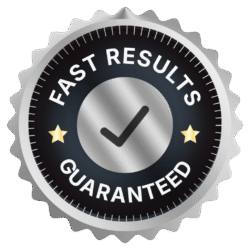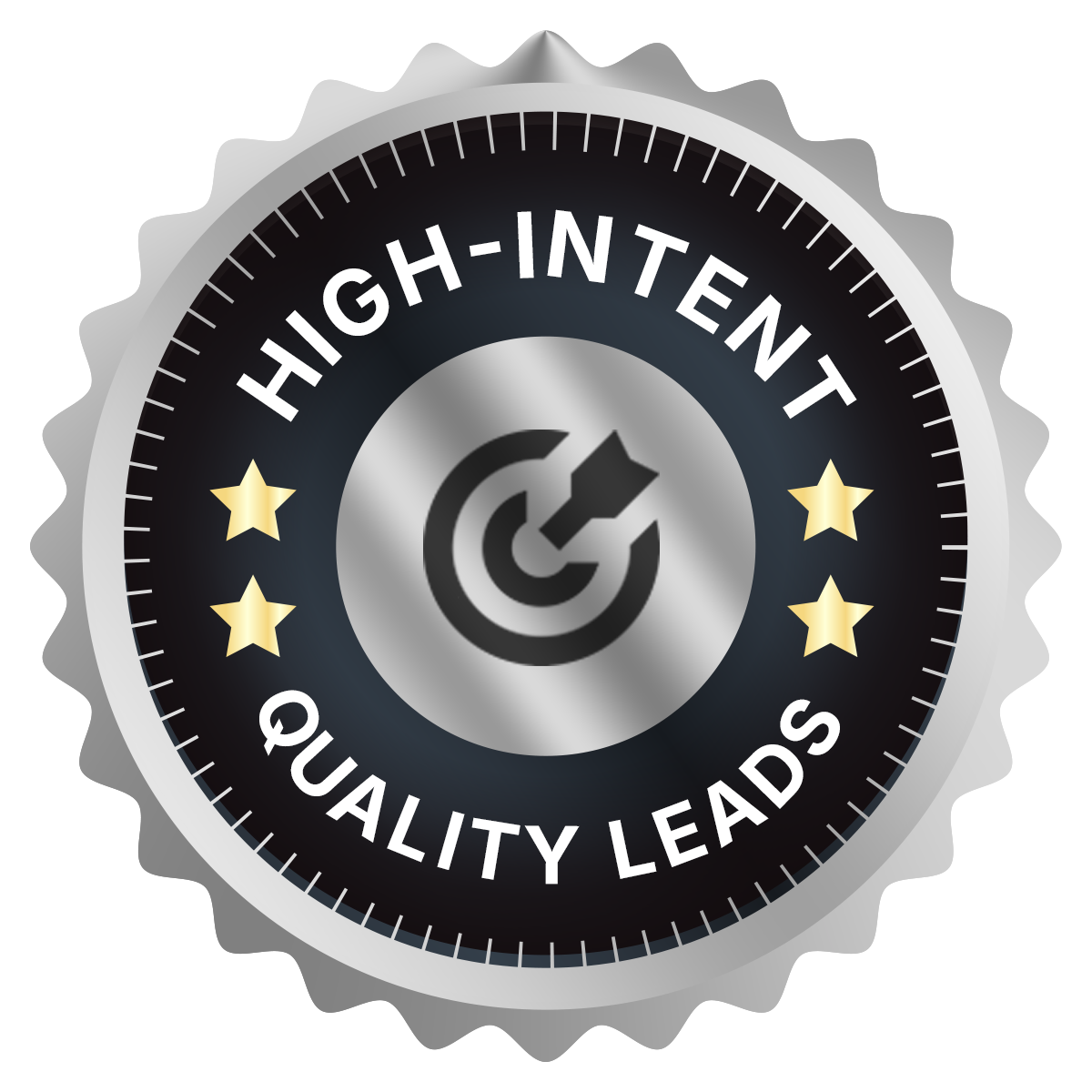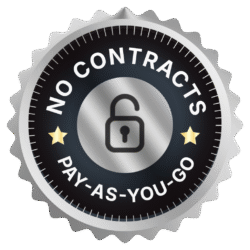Why Speed Matters in Lead Conversion
In the world of online lead generation, speed isn’t just a convenience—it’s a competitive advantage. When prospective customers express interest in a service or product, they’re often ready to act immediately. Delays in response can turn a warm lead cold, allowing competitors to swoop in. Conversely, a rapid follow-up can dramatically increase conversion rates, strengthen trust, and boost overall revenue. This post delves into why speed matters so much in lead conversion, how to streamline your processes, and practical steps to ensure fast, effective engagement.
The Science Behind Rapid Response
Multiple studies confirm that the likelihood of converting a lead drops precipitously as time passes between inquiry and follow-up. One landmark survey found that leads contacted within five minutes were approximately 100 times more likely to convert than those contacted after half an hour. In a high-demand environment, prospects often reach out to several providers simultaneously; the first to answer often secures the appointment.
Key Takeaways:
- Peak Attention Window: Prospects show the highest interest immediately after submitting an inquiry. Swift follow-up capitalizes on that intent.
- Perceived Professionalism: A fast response signals reliability and dedication. Prospects equate promptness with competence.
- Reduced Competitive Risk: By engaging quickly, you minimize the window for competitors to intervene.
How Slow Follow-Up Undermines Conversions
- Lost Momentum
When a prospect fills out a contact form or clicks a call button, adrenaline and urgency are driving their action. If they wait hours or days for a response, they often forget who they reached out to or lose interest altogether. Even minor delays can cause prospects to shift focus to rivals. - Diminished Trust
Slow or inconsistent responses create doubt. Prospects wonder if you’re too busy, unreliable, or disengaged. In service-based industries—where trust is paramount—first impressions hinge on responsiveness. - Missed Insights
Immediate conversations reveal critical details: budget, timeline, specific needs. Delays force you to rely on incomplete information or risk a rushed follow-up that misses the mark, reducing the likelihood of closing the sale. - Inefficient Sales Cycles
Dragging out initial engagement extends the overall sales cycle. More time between touchpoints means more opportunities for misunderstandings, shifting priorities, or simply fading interest.
Practical Strategies for Speeding Up Lead Conversion
- Implement Instant Notifications
The cornerstone of rapid response is knowing the moment a lead arrives. Whether through email, SMS, or a connected CRM, set up an instant alert system. As soon as a lead submits information, your sales or service team should be notified with a clear action item: “Contact this prospect within five minutes.” - Create Structured Response Templates
While every lead deserves personalized attention, having concise, adaptable templates for initial follow-up can save precious seconds. A brief email or text that acknowledges receipt, confirms understanding of the inquiry, and outlines next steps sets a professional tone without delay. Example structure:- Greeting and Thanks: “Hi [Name], thanks for reaching out about [service].”
- Immediate Confirmation: “I received your request and am available to discuss details today.”
- Next Steps: “Please let me know a good time for a quick call or reply with any specific questions.”
- Contact Information: Direct number or scheduling link for immediate connection.
- Prioritize Lead Routing
Not all inquiries are equal, but every high-intent lead warrants immediate attention. Establish a simple scoring system to identify hot leads (e.g., those requesting “today,” “urgent,” or a specific service timeframe). Route these leads to dedicated team members who handle urgent follow-ups, ensuring that high-priority prospects never wait. - Leverage Multichannel Follow-Up
Email alone can be slow; prospects may not check their inbox immediately. Combine channels—SMS, phone calls, and even social media messages—so you reach the prospect where they are most active. A text message like “We received your inquiry and can discuss now if you’re free—reply with a good time” often garners faster responses than email. - Train and Empower Your Team
Speed depends on empowered staff. Provide clear guidelines and authority for team members to offer immediate value—such as preliminary quotes, appointment scheduling, or brief consultations—without waiting for managerial approval. Empowered employees can lock in clients swiftly, building trust through decisive action. - Automate Pre-Qualification
Integrate intelligent form fields or chatbots that gather key qualifiers—budget range, timeline, service specifics—so that when a lead comes in, you already know whether they fit your criteria. This reduces back-and-forth and allows for a laser-focused, immediate response. - Optimize Scheduling Tools
Nothing stalls momentum like manually coordinating calendars. Utilize online scheduling links that display real-time availability. When a prospect clicks, they can book a consultation or appointment instantly. Reducing friction in scheduling accelerates the conversion process and demonstrates respect for the prospect’s time.
Reinforcing Speed with Transparent Processes
- Communicate Expected Response Times
On your website or landing pages, state your typical follow-up timeframe—“We respond to inquiries within 15 minutes, 24/7.” Under-promise and over-deliver; if you say 15 minutes but respond in five, you build confidence and credibility. - Publish Real-Time Availability
Show your business hours, and if you offer after-hours support, make that clear. Prospects appreciate knowing they can connect outside traditional 9–5 windows, especially for urgent services. - Share Lead Status Updates
For clients or internal stakeholders, maintain a simple dashboard where team members can see which leads are pending follow-up, in progress, or closed. This visibility ensures accountability and prevents duplicate efforts or lapses in communication.
Measuring and Improving Speed Metrics
- Track Response Time KPIs
Monitor the average time from lead submission to initial contact. Aim for under five minutes for high-intent inquiries and under 15 minutes for general inquiries. Visible targets help the team internalize the importance of speed. - Analyze Lead to Conversion Ratios
Compare conversion rates for leads responded to within five minutes versus those contacted after 30 minutes or more. Quantifying the impact of speed reinforces its value and can justify process investments. - Gather Prospect Feedback
After service delivery, ask clients how they felt about responsiveness. Positive feedback on quick follow-up can be used as social proof, while any noted dissatisfaction highlights areas for improvement. - Iterate on Process
If your data shows conversion rates drop sharply after 10 minutes, tweak your notification system or team workflows to tighten follow-up windows. Continuous refinement based on metrics ensures you stay ahead of competitors who might be slower.
Overcoming Common Speed Roadblocks
- Staffing Constraints: If your team is small, consider part-time or on-call support during peak hours, or outsource initial lead qualification to a virtual assistant. This ensures leads are never unattended.
- After-Hours Inquiries: Set up automated acknowledgments that let prospects know their message was received and include an option to schedule a follow-up. This maintains engagement until a human can respond.
- Integration Overhead: If multiple tools create friction, streamline by consolidating platforms—using a single CRM or integrated automation suite reduces the chances of missed notifications.
- Training Lags: New team members may not immediately grasp the urgency required. Incorporate speed principles into onboarding, shadowing sessions, and periodic role-playing exercises to ingrain rapid response behaviors.
Final Thoughts
In lead conversion, speed isn’t just a nice-to-have—it’s essential. The difference between a prompt reply and a delayed one can be hundreds of percentage points in conversion likelihood. By implementing instant notifications, structured response templates, multichannel follow-up, and clear performance metrics, you transform lead flow into a streamlined, high-impact process.
Fast Hot Leads has built its reputation on delivering hot prospects and empowering clients to connect swiftly. When you prioritize speed, you demonstrate commitment, build trust, and capture revenue that competitors leave on the table. If you’re ready to elevate your lead conversion strategy, start by measuring your response times, refining your workflows, and watching as accelerated engagement drives your business growth.









